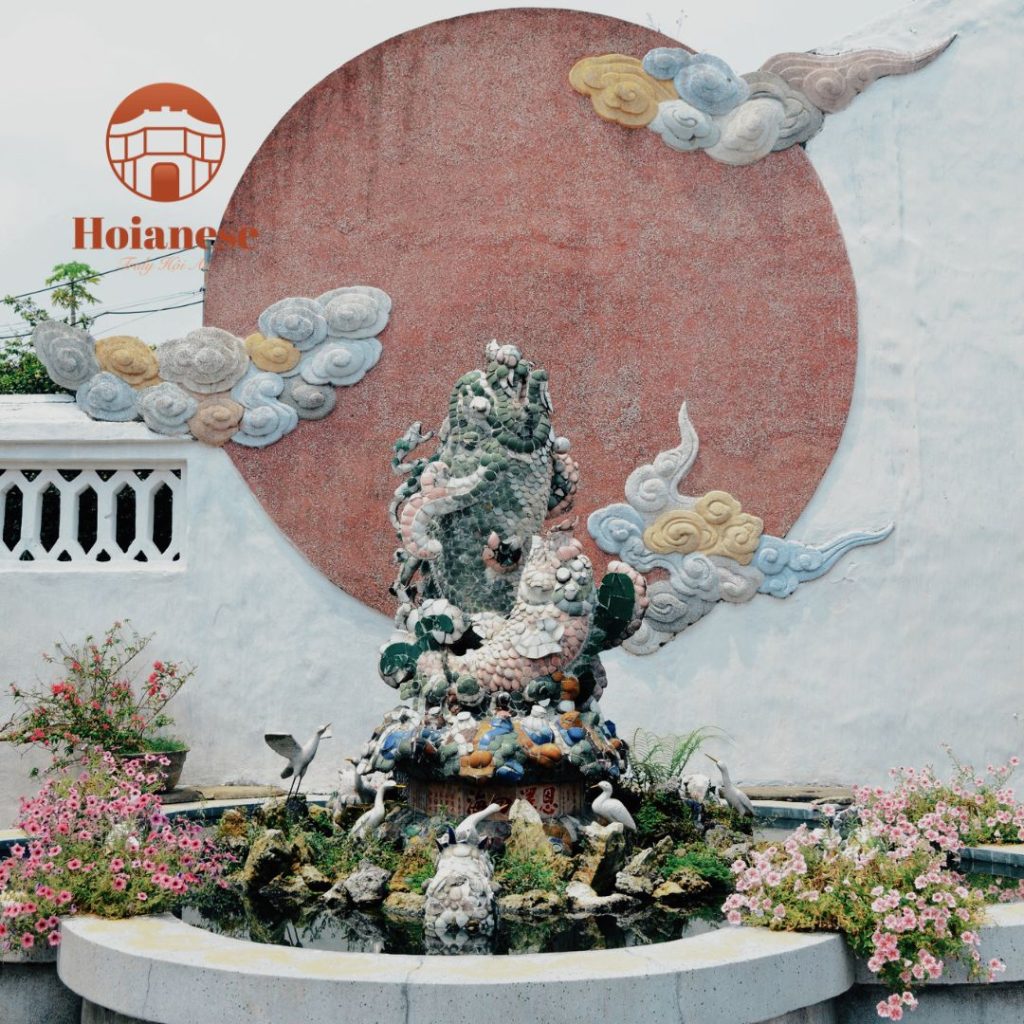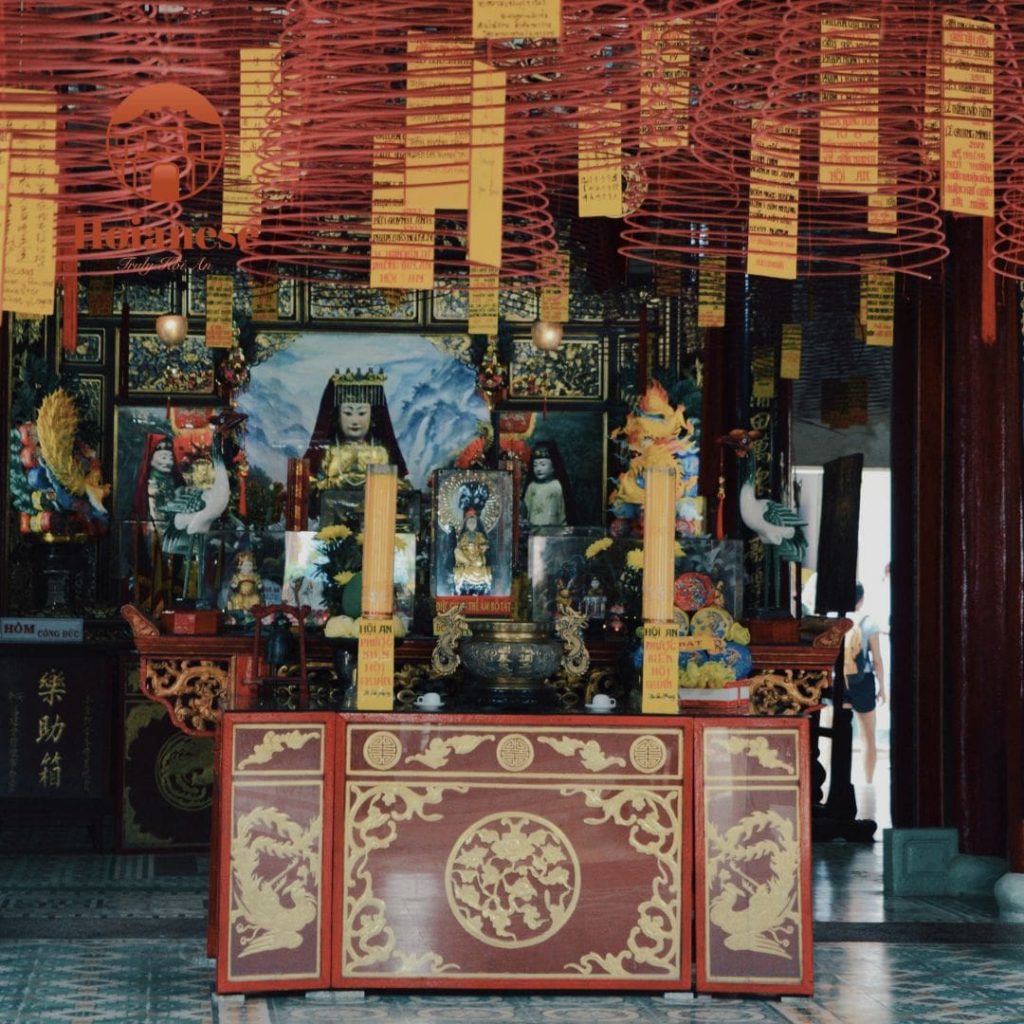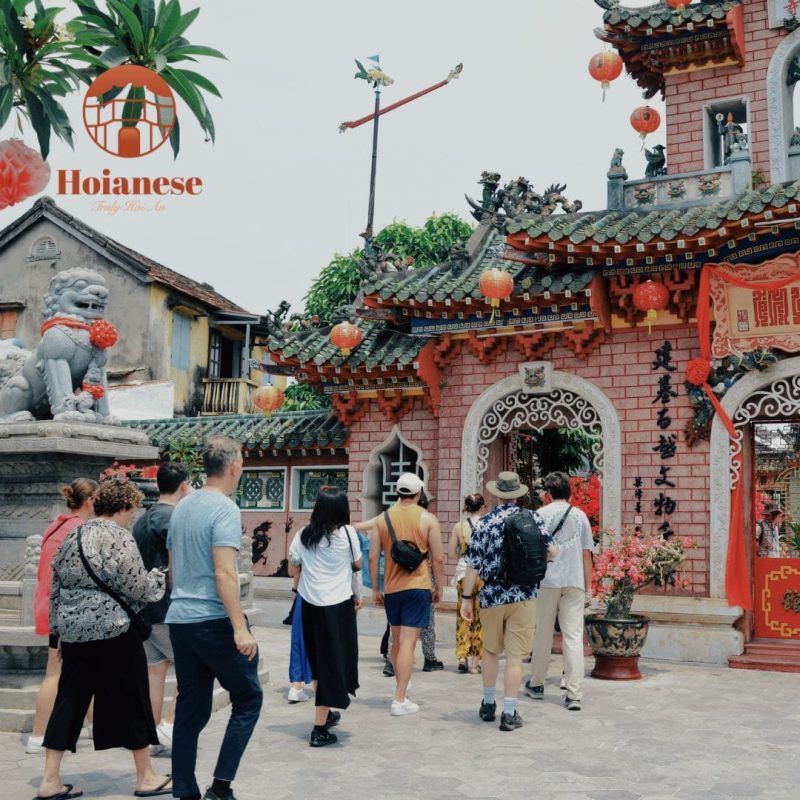Exploring Fujian Assembly Hall – A Gateway to Hoi An’s Cultural Heritage
Fuxian Assembly Hall, situated in the charming town of Hoi An, Vietnam, stands as a testament to the rich cultural heritage and architectural prowess of the region. This historic assembly hall, also known as the Phuc Kien Assembly Hall, is one of the most notable landmarks in Hoi An, attracting visitors from all around the world. Exploring Fujian Assembly Hall – A Gateway to Hoi An’s Cultural Heritage through this article below!
Overview of Fujian Assembly Hall
As one steps through its threshold, they are transported to a bygone era, where the hall served as a focal point for the Fujianese community, providing a space for social gatherings, ancestral worship, and communal celebrations. The Fujian Assembly Hall stands as a testament to the rich cultural tapestry woven through the historic streets of Hoi An, Vietnam. This architectural gem, steeped in tradition and heritage, serves not only as a physical structure but also as a guardian of community spirit and collective memory. With its origins dating back to the 17th century, the assembly hall bears witness to centuries of commerce, cultural exchange, and religious devotion.

Where is Fujian Assembly Hall
- Address: 46 Tran Phu, Cam Chau, Hoi An, Quang Nam
- Opening hours: 7 am – 5 pm daily
- Ticket fees: Free entry to Fujian Assembly Hall (Kindly note that Hoi An Ancient Town’s entrance fee is 120.000 VND/ person for international tourists which includes 5 visiting sites)

The structure of Fujian Assembly Hall
Beyond its architectural splendor, the Fuxian Assembly Hall serves as a living repository of cultural traditions and rituals, preserving ancient customs through vibrant ceremonies and festivals. Its sacred altars, adorned with offerings and incense, pay homage to revered deities, while its tranquil courtyards offer a sanctuary for reflection amidst the bustling streets of Hoi An.

As one steps through its ornate gates, they are greeted by a courtyard adorned with lush greenery and traditional motifs, setting the stage for the awe-inspiring structures that lie beyond. The main hall, or “dai dinh,” is the heart of the assembly hall, featuring imposing wooden pillars, elaborately carved beams, and colorful murals depicting scenes from Chinese mythology and history. The hall’s layout follows the principles of Feng Shui, with careful consideration given to orientation, symmetry, and spatial arrangement to promote harmony and balance. Surrounding the main hall are smaller pavilions dedicated to various deities and ancestors, each adorned with altars, statues, and offerings, where devotees come to pay their respects and seek blessings.
One of the most striking features of the Fuxian Assembly Hall is its elaborate roof adorned with ceramic figurines, intricate patterns, and vibrant colors, symbolizing prosperity, protection, and good fortune. The meticulous craftsmanship displayed in every aspect of the assembly hall reflects the dedication of its builders and the importance of preserving cultural heritage for future generations.
Conclusion
Today, the Fuxian Assembly Hall stands as not only a historical landmark but also a vibrant cultural center, hosting traditional ceremonies, festivals, and community gatherings that continue to enrich the fabric of Hoi An’s cultural tapestry. As visitors wander through its hallowed halls, they are transported back in time, experiencing the beauty, spirituality, and resilience of the Chinese-Vietnamese heritage that thrives in this enchanting corner of the world.
>>> Contact us for more information at Whatsapp: +84 88 942 3608, Hoianese Hotel facebook and reserve your spot and unlock the secrets of Hoi An!
Related posts you may like:
- Discover The Top 6 Must-Visit Places In The Walking Tour Hoi An
- The Untold Stories You Never Heard About Hoi An Ancient Town
- The Japanese Bridge – A Priceless Symbol Of Hoi An Ancient Town





1 Comment